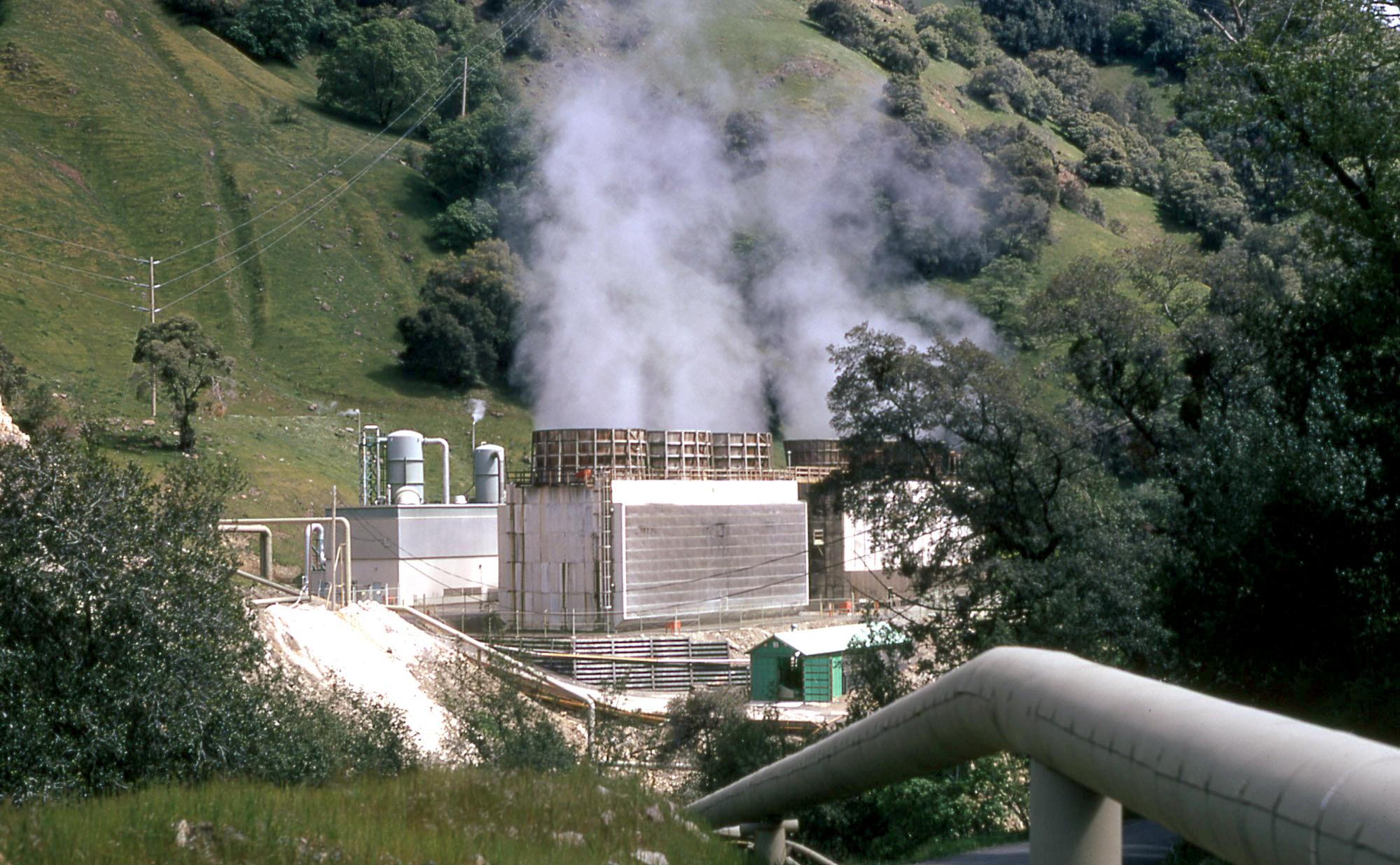A major drawback for current attempts to engineer geothermal systems using hydrofracturing is the creation of fast paths – high permeability zones that short-circuit flow and allow rapid movement of fluid from injection to production wells. As a consequence, the fluid is not able to acquire much heat during its reduced contact time, and the field produces less energy.
Current methods to cement fast paths include use of common Portland cements, polymers and carbonate minerals. Colloidal silica has seen some applications in blocking fractures below leaking tank farms and applications in oil fields. However, these applications are often materials limited, which would not be the case for geothermal sites where the silica can be produced on-site at a significantly lower cost than that for commercial production facilities.
LLNL has a patented process to produce colloidal silica directly from geothermal fluids. Livermore’s process uses membranes to produce a mono-dispense slurry of colloidal silica particles for which there are several applications. LLNL has demonstrated that colloidal silica solutions that result from extraction of silica from geothermal fluids undergo a transition to a solid gel over a range of time periods that are controllable by varying the silica content and pH of the fluid. This allows control in the subsurface over where the silica transforms to a gel and thus the ability to target gel emplacement to block the "fast path" as needed.
Over long periods of time, the gel will re-structure and dehydrate to form microcrystalline silica, mineralogically identical to natural vein-filling agate. Environmental effect of emplacement of this material would therefore be minimal.
Colloidal silica harvested from geothermal fluids can be used as a cementing agent to preferentially reduce permeability and block fast paths in the subsurface allowing greater energy production from a geothermal power plant.
- Blocking of fast paths in operations to recover oil and natural gas after hydrofracturing in tight shale gas formations for enhanced oil recovery.
- Blocking of fast paths in site remediation operations such as those to block leakage of contaminants from underground tanks or from leaking surface waste installations such as radioactive waste storage facilities.
- Use in enhanced geothermal systems where hydrofracking has introduced unwanted fast paths that can be blocked by emplacement of the silica gel in the permeable zones.
LLNL has filed patent applications for our colloidal silica technology (13/722843 and 15/875183); LLNL internal case numbers (ILs-12326 A&B). This technology also leverages LLNL's silica extraction technology (US patent 8,840,859; LLNL internal case number IL-11902).


